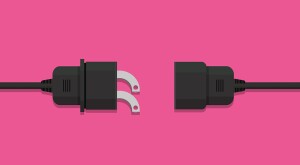How much money do you think one should have in an emergency savings account? Share your thoughts in the comments below.
What would you do if you didn't have the money for an unexpected auto or plumbing repair or a medical bill?
A recent aarp.org article written by Sisters contributor Tamara E. Holmes shares important information about new 401(k) withdrawal rules under the SECURE 2.0 Act, effective January 1, 2024.
Read the article on aarp.org
Key points include:
- Penalty-Free Withdrawals: Up to $1,000 can be withdrawn annually for personal or family emergencies without the 10% penalty if under age 59½. A three-year gap is required between withdrawals unless repaid within that period.
- Broad Definition of Emergencies: Emergencies include auto repairs, medical bills, and funeral costs. No proof is required, but a written statement may be needed.
- Impact on Savings: Withdrawals reduce retirement savings and their earning potential. For example, $1,000 invested at 7% annually could grow to nearly $4,000 in 20 years.
- Tax Implications: Withdrawals are subject to federal and possibly state taxes, reducing the net amount available.
Importantly, Holmes' article discusses some of your alternatives such as payment plans, shopping around for services, or borrowing against the retirement plan instead of withdrawing funds. We think it's worth a read.
How much money do you think one should have in an emergency savings account? Share your thoughts in the comments below.










